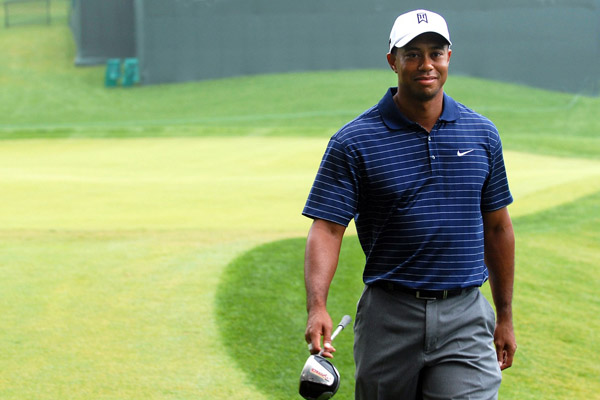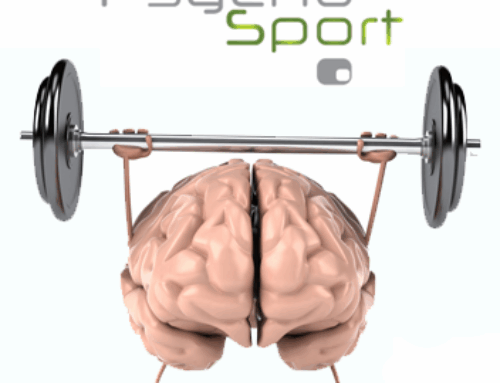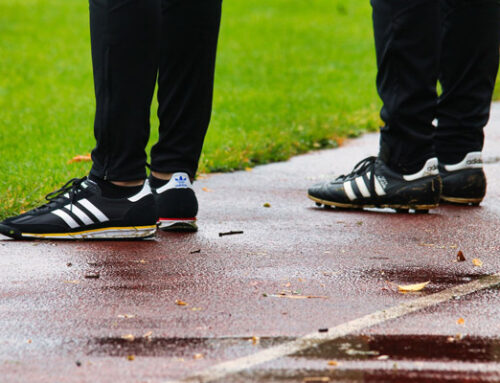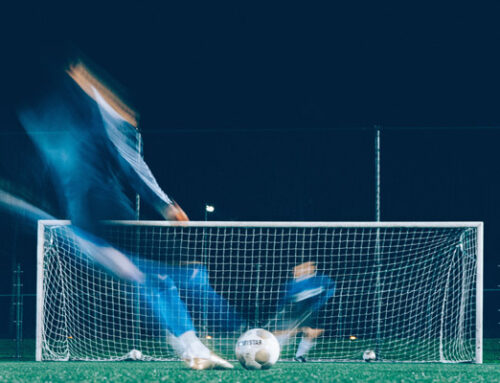Rituals in Competitive Sports
Rituals in competitive sports seem to have a central influence on performance, especially for managing pre-match stress, maintaining focus, or even developing the required fighting spirit during critical moments.
Let’s explore this topic with two experts:
- Damien Brevers, post-doctoral researcher at the University of California.
- Manuel Dupuis, sports psychologist and mental coach for high-level athletes.
Can you describe what a ritual is and why it’s so important for athletes in competition?
- MD: A ritual is a performance-triggering behavior that allows athletes to activate their technique correctly, feel good physical sensations, and make tactical decisions with ease. Rituals are crucial because such behaviors (for example, the fist-clenching as seen with Djokovic) trigger mental sensations that enable performance – in this case, combativeness, confidence, and concentration. It activates technique and positive physical sensations. When in a good mental state, it directly influences a positive outcome.
- DB: Sporting rituals refer to habitual, specific, and simple behaviors performed by athletes at specific moments (before, during, and/or after) of a competition. Rituals are typically integrated within “standard” preparation strategies recognized for their contribution (nutrition, sleep, warm-up, tactical instructions, etc.). Athletes may choose to employ rituals to align with a psychological and physical state conducive to automatic, precise, and efficient performance.
What are the different types of rituals?
- DB: The first type of ritual involves techniques recognized as aiding athletes in achieving a psychological and physical state conducive to optimal performance. This could include relaxation techniques, reinforcement/encouragement strategies, and various attentional focus techniques. Athletes often master these techniques through collaboration with a sports psychologist. The second type of ritual involves what we call “superstitious” behaviors. These are specific actions seemingly unrelated to performance but hold special meaning for the athlete. For example, consider tennis player Rafael Nadal. Once seated on his bench, he takes care to place his water bottles precisely between his legs and never steps onto the court unless he’s correctly aligned the labels of his water bottles perpendicular to the baseline. Another well-known example is Michael Jordan, who always wore his university shorts under his game attire as a good luck charm. And the list goes on.
- MD: To complement Damien’s explanation, I categorize the following rituals: behaviors (like fist-clenching, adopting a positive body posture, looking at one’s racket, taking time during breaks, listening to music before competition), positive thoughts (self-affirmations, positively anticipating actions), and activating resourceful mental images or specific words that trigger performance, and more.
We are seeing more athletes practicing visualization. What are your thoughts on this? Is it essential?
- DB: First and foremost, I believe it’s important to highlight that the process of mental visualization holds a significant place in any sports performance. For example, in tennis, a player will first mentally visualize the trajectory of their serve before executing it. In this context, mental visualization involves a visuo-motor process that allows the athlete to anticipate the execution of their action. Another crucial point is that, like any skill, visualization abilities can be trained and improved. For instance, a recurring issue for athletes during competitions is focusing more on the potential consequences of their actions (“if I miss, …”) or their prior actions (“I don’t understand how I could’ve missed that!”) rather than visualizing the precise and efficient execution of their forthcoming action. In this context, working with a sports psychologist can help the athlete concentrate on action rather than consequences.
- MD: I think mental imagery is a central tool because imagining positive performances, whether technical or mental, directly impacts performance. The brain doesn’t differentiate between performing the action and living the action through imagery. It’s not for no reason that the most successful athletes in competition aren’t necessarily more skilled technically or physically, but they excel in “imagining” better than their less successful counterparts – they can more easily activate and anticipate images of success, etc.
When are rituals useful?
- DB: Rituals can be employed before, during, and even after a competition. For example, former Manchester United captain Gary Neville had a habit of not changing his post-shave cream after a victory. Ritual usage is also tied to the rhythm of actions. For instance, sports like tennis involve intermittent efforts and a latency between each action. This dynamic provides athletes with an opportunity to reason, perform various gestures, and potentially adopt rituals.
- MD: I believe rituals are pivotal during breaks. Initially before a competition to start well and activate what I call the “4Cs” (Mental Calmness, Combativeness, Concentration, and Confidence). Then, during other breaks, they are necessary to manage potential stress, recover physically and mentally, and be ready to act. It involves “digesting” what just happened and activating calmness and concentration to prepare for the next move, for instance, in golf or tennis.
Some athletes say they prefer not to impose rituals before a match and prefer to improvise their pre-match and warm-up routines. What are your thoughts?
-
- DB: I think the essential aspect is that the athlete feels prepared to approach the competition under optimal conditions. In this context, it’s important that they adopt a pre-match preparation method that allows them to meet upcoming challenges effectively. For example, some athletes may feel the need to perform their own rituals to achieve a comfort zone in their pre-match preparation (attention focus, stress reduction, optimizing effort and precision of motor actions). For others, immersing themselves in the atmosphere/ambience might be more crucial, facilitating a more flexible and improvised nature of their preparation. Moreover, these two preparation styles can be complementary.
MD: This question reminds me of a very high-level athlete I worked with, who used to tell me that he didn’t have a pre-match ritual because he didn’t have a specific routine before his match. In reality, he had several that he used based on the moment’s needs (feeling stressed, confidence level, etc.). The duration of his warm-up varied, and he often spent a lot of time talking to others, laughing, etc. Talking and laughing before a match helped him manage his stress (to prevent overthinking; laughter also releases tension and dopamine). Moreover, he heavily relied on imagery to relax or activate combativeness before a match, at various moments. I personally have never encountered high-level athletes without pre-match rituals.
What type of athletes should implement new rituals?
- DB: The athlete’s level of investment in their sports activity (training hours, frequency of competition, competition level, etc.) is a key variable in the emergence of rituals. In other words, any athlete aiming for performance, whether amateur or professional, can use and benefit from implementing rituals.
- MD: Any athlete who desires to optimize their potential, who understands that by working on this aspect, they can enhance their abilities in physical and mental recovery during competition, as well as activate positive mental sensations (e.g., confidence), technical skills, and physical prowess.




